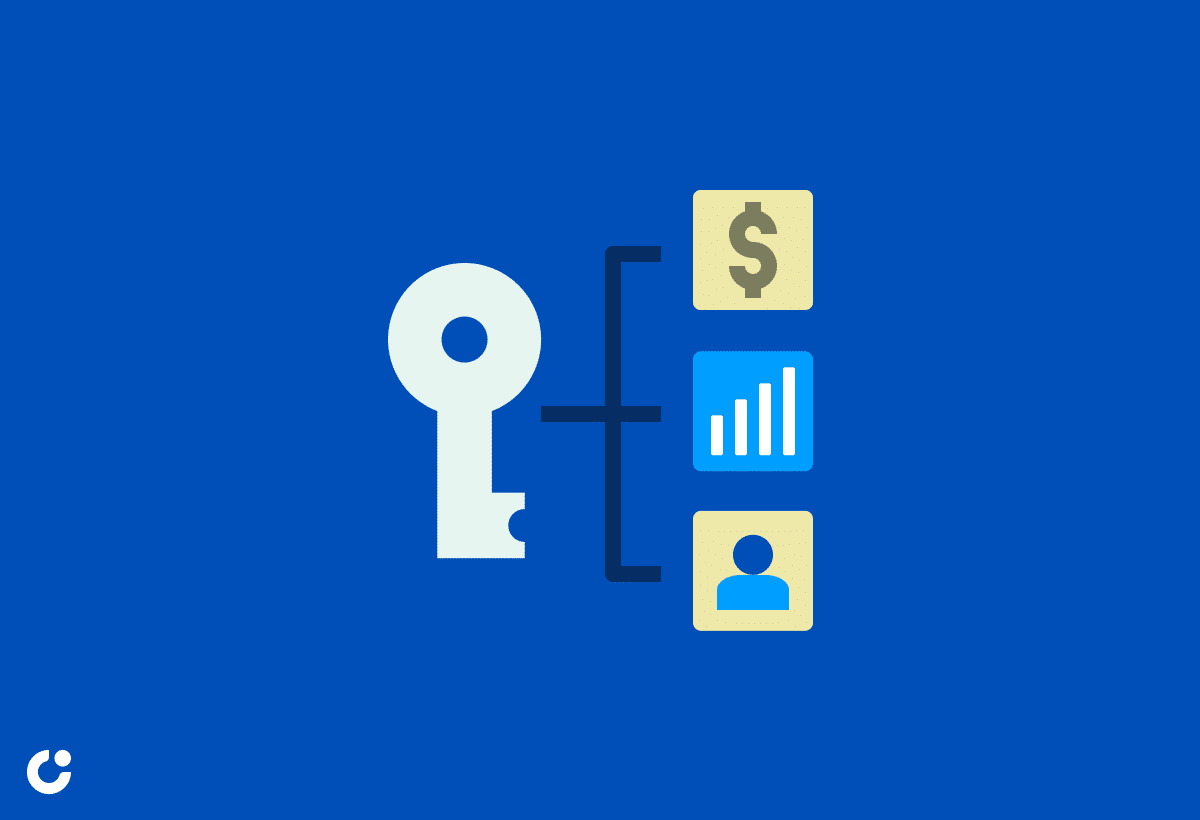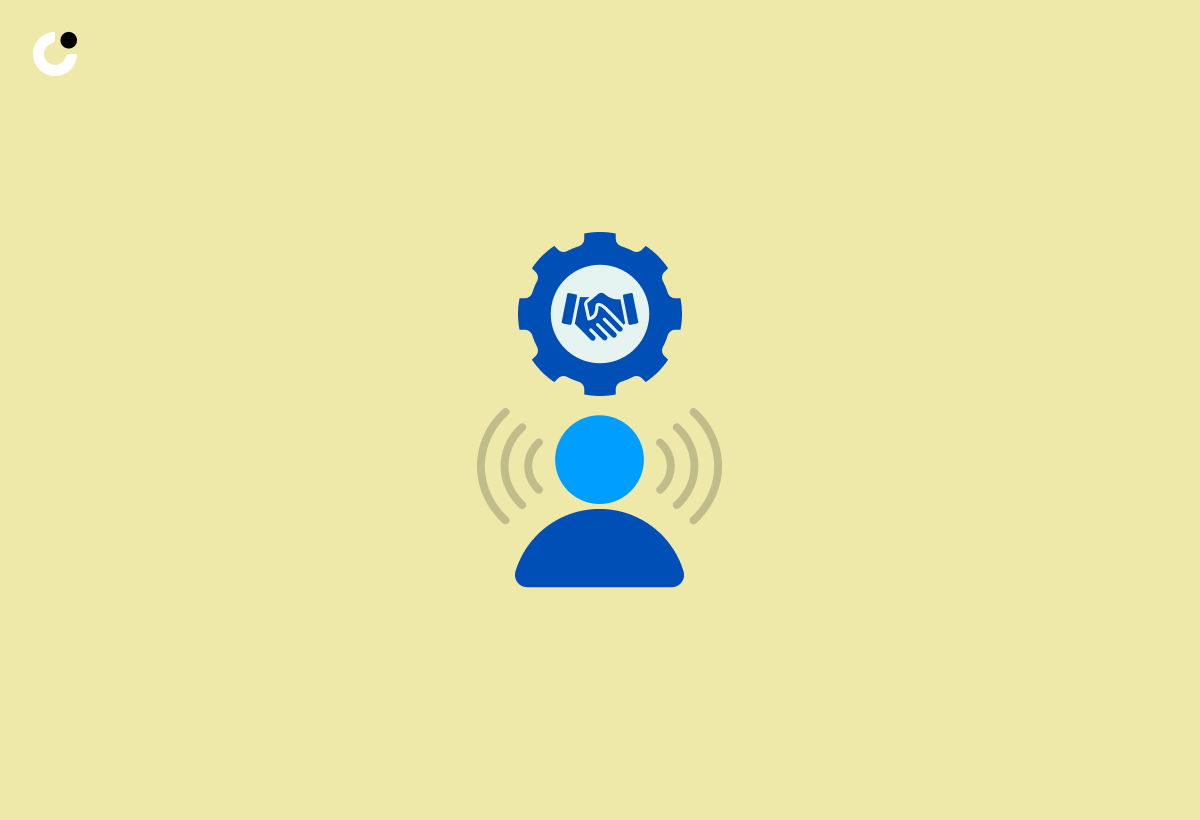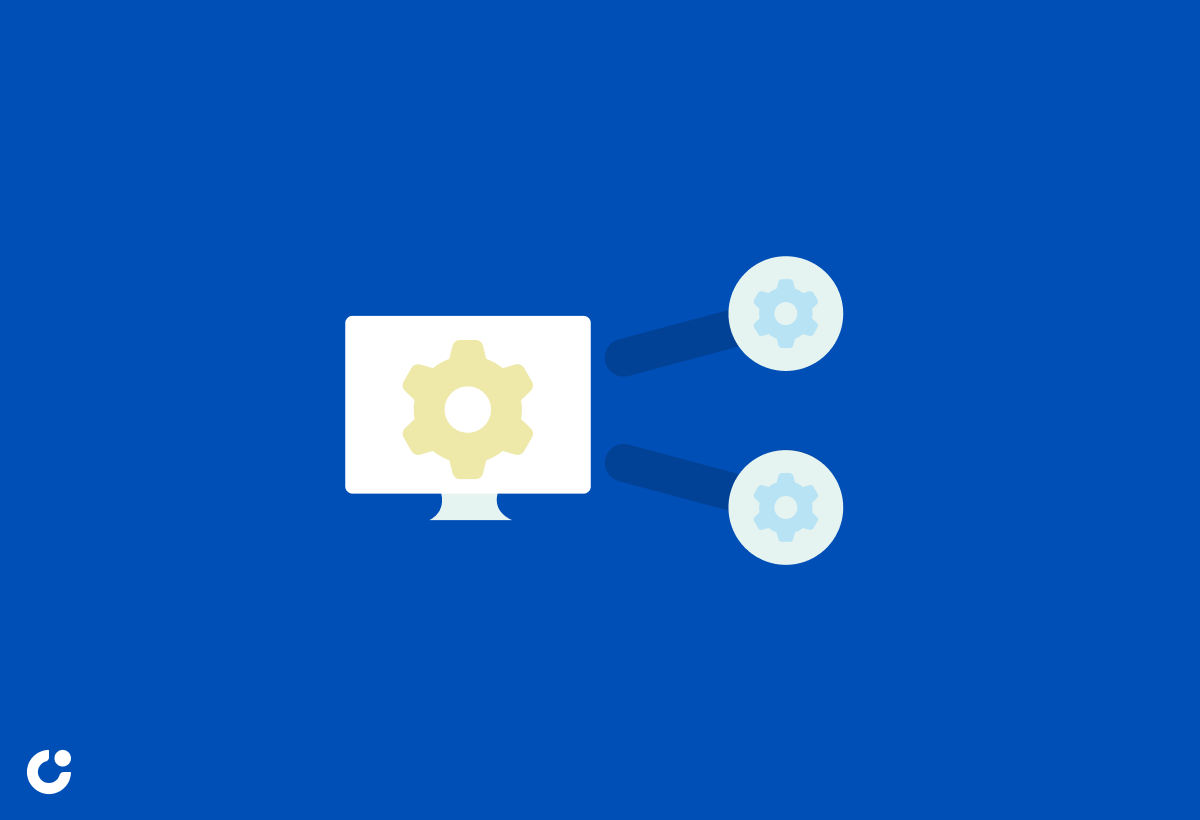In the competitive world of sales, a well-crafted outreach strategy can make all the difference in reaching potential customers and driving conversions.
From understanding the importance and different types of sales outreach to building an effective strategy by determining target audience, researching channels, and focusing on personalization, this article covers key factors for successful outreach.
Learn how to measure and improve your efforts, as well as tools to automate and enhance your sales outreach.
Stay tuned for valuable insights and key takeaways for a successful sales outreach strategy.
Key Takeaways:
Understand the importance of sales outreach and its various types.
Build a successful sales outreach strategy by identifying target audience, utilizing personalized messaging, and tracking engagement.
Measure and improve your sales outreach through evaluating lead quality, conversion rates, and utilizing automation tools effectively.
Introduction to Sales Outreach Strategy

Sales Outreach Strategy plays a crucial role in engaging with prospects and converting leads into customers. It involves a systematic approach to reaching out to potential clients through various communication channels.
By implementing an effective sales outreach strategy, businesses can not only increase their brand visibility but also nurture relationships with potential customers. Personalized outreach is key to standing out in a competitive market, allowing companies to tailor their messaging to address specific pain points and needs of the target audience.
Utilizing CRM tools enables sales teams to manage and track interactions with prospects more efficiently, ensuring that no lead falls through the cracks. Establishing a well-defined sales cadence helps in maintaining a consistent approach towards engaging with leads at different stages of the sales funnel.
Understanding the Importance and Types of Sales Outreach

Sales Outreach is vital for sales organizations to connect with prospects, deliver compelling messaging, and nurture relationships. Types of outreach include cold calling, email campaigns, and social media engagement.
Personalized messaging is a key aspect of sales outreach as it allows salespeople to tailor their communication to meet the specific needs and interests of each prospect. This targeted approach greatly increases the chances of engagement and conversion. Having a detailed persona mapping strategy in place helps sales teams identify ideal customer profiles and craft messaging that resonates with them.
Effective communication is essential in sales outreach to build trust, address objections, and ultimately close deals. By leveraging various channels such as phone calls, emails, and social platforms, salespeople can reach prospects at different touchpoints, enhancing their chances of success.
Building an Effective Sales Outreach Strategy

Constructing an Effective Sales Outreach Strategy requires a deep understanding of the target audience, personalized messaging, and leveraging the right channels to deliver value propositions. Utilizing CRM tools can streamline the outreach process and enhance customer engagement.
Customer segmentation plays a crucial role in this process as it involves categorizing leads based on various criteria such as demographics, behavior, and interests. By creating buyer personas that represent ideal customers, sales teams can tailor their messaging to resonate with specific segments. Personalized outreach, through techniques like customized emails and personalized calls, strengthens the connection with prospects.
Developing a compelling value proposition is another essential element. This involves articulating the unique benefits and solutions that a product or service offers to address customer needs. A strong value proposition not only attracts prospects but also differentiates a company from competitors.
Determining Target Audience and Customer Personas

Identifying the Target Audience and Creating Detailed Buyer Personas are essential steps in tailoring sales outreach efforts. Researching contact data and market trends can provide valuable insights for effective outreach strategies.
When determining the target audience, businesses need to delve into demographic information, such as age, gender, location, and income level, to understand who their potential customers are. By analyzing data points like purchasing behavior, preferences, and pain points, companies can create buyer personas that embody their ideal customers. This process involves segmenting the market based on common characteristics and behaviors.
Researching, Targeting, and Choosing Channels

Thorough Research, Precise Targeting, and Strategic Channel Selection are pivotal in optimizing sales outreach efforts. Leveraging digital channels such as LinkedIn, Twitter, and Instagram can expand the reach and engagement with prospects.
For a successful lead generation process, conducting thorough research is essential to identify potential leads that align with the ideal customer profile. This involves analyzing market trends, competitor activities, and customer behavior to pinpoint high-conversion prospects.
Targeting precise audience segments based on demographic, psychographic, and firmographic data ensures that the outreach efforts are tailored and relevant.
In terms of choosing the appropriate outreach channels, a diverse mix can be advantageous. Digital channels like social media platforms offer a direct and interactive approach to engage with prospects, create brand awareness, and foster relationships. Leveraging the features of platforms like LinkedIn for professional networking, Twitter for real-time updates, and Instagram for visual storytelling can enhance the outreach strategy.
Personalization, Execution, and Tracking
Personalization, Effective Execution, and Continuous Tracking are key elements in successful sales outreach strategies. Utilizing CRM tools and automation can streamline the process while tracking metrics and analytics provides insights for optimization.
Personalization plays a crucial role in building strong relationships with prospects by tailoring messages to their specific needs and preferences. By customizing outreach efforts, sales teams can increase engagement rates and conversion opportunities.
Efficient execution of outreach campaigns involves proper planning, timely follow-ups, and utilizing multiple communication channels to reach prospects effectively. CRM systems can help in managing contacts, automating tasks, and ensuring consistent messaging across all touchpoints.
Leveraging CRM systems for automation not only saves time but also helps in maintaining accuracy and consistency in communication. By automating repetitive tasks such as lead nurturing and follow-ups, sales teams can focus on building relationships and closing deals.
Key Factors for Successful Sales Outreach

Successful Sales Outreach hinges on Effective Targeting, Compelling Messaging, and Building Strong Relationships with prospects.
Engaging with leads involves understanding their needs and pain points, tailoring your message to resonate with them, and providing valuable insights that offer solutions. By being attentive and responsive, you build trust and rapport, paving the way for a lasting relationship.
To ensure sustained success, a well-thought-out customer relationship management strategy is essential. This involves maintaining regular communication, personalized interactions, and continuously adding value to their experience. By consistently engaging and nurturing relationships, you not only drive conversions but also foster loyalty and advocacy.
Effective Targeting and Messaging

Effective Targeting and Persuasive Messaging are essential for capturing the attention of prospects and driving conversions. Crafting a compelling sales pitch and maintaining a consistent sales cadence can enhance outreach effectiveness.
One crucial element of a strong sales pitch is a clear and compelling value proposition that resonates with the needs and pain points of the target audience. By tailoring the messaging to address specific challenges or goals that the prospects are facing, sales professionals can establish relevance and build credibility.
Consistent communication cadence plays a vital role in nurturing relationships and staying top-of-mind. Whether through personalized emails, follow-up calls, or engaging social media interactions, staying in regular touch with prospects reinforces your brand and keeps the conversation flowing.
The art of optimizing messaging for different buyer personas cannot be overstated. Understanding the unique characteristics, preferences, and motivations of various segments allows for more personalized and impactful communication that drives engagement and conversions.
Consistency, Active Listening, and Relationships

Consistency in Communication, Active Listening, and Building Meaningful Relationships are foundational for successful sales outreach. Maintaining engagement and optimizing outreach strategies based on feedback are key to continuous improvement.
Consistency in communication not only helps in establishing credibility with prospects, but it also showcases reliability and professionalism. By actively listening to the needs and concerns of potential clients, sales professionals can better tailor their approach to offer solutions that truly meet their requirements. This personalized touch goes a long way in forging strong relationships built on trust and understanding.
Fostering genuine connections through meaningful interactions can lead to long-lasting partnerships and repeat business. It is essential to continuously engage with prospects through various communication channels, whether it be email, phone, or social media, to stay top-of-mind and nurture relationships over time.
Measuring and Improving Sales Outreach

Measuring and Analyzing Sales Outreach Metrics is crucial for evaluating lead quality, assessing engagement levels, and optimizing conversion rates. Gathering feedback and implementing data-driven improvements can enhance outreach performance.
By tracking key metrics such as response rates, open rates, and click-through rates, businesses can gain valuable insights into the effectiveness of their sales outreach strategies. Lead quality evaluation allows companies to distinguish between highly qualified prospects and those less likely to convert, enabling more targeted and efficient outreach efforts.
Optimizing conversion rates through A/B testing and personalized messaging can significantly improve the return on investment from outreach campaigns. Leveraging analytics to identify trends, patterns, and potential bottlenecks give the power tos organizations to make informed, data-driven decisions for continuous improvement.
Evaluating Lead Quality and Engagement

Evaluating Lead Quality and Monitoring Engagement Metrics are critical steps in assessing the effectiveness of sales outreach efforts. Utilizing CRM systems for lead management and engagement tracking can provide valuable insights for optimization.
Proper evaluation of lead quality involves analyzing various factors such as lead source, behavior patterns, and demographics. By setting up lead scoring models within the CRM platform, companies can prioritize high-quality leads, leading to more targeted and efficient sales efforts.
Tracking engagement metrics through CRM tools allows businesses to measure the effectiveness of their marketing campaigns and sales initiatives. By monitoring metrics like email open rates, website visits, and response times, organizations can identify areas of improvement and tailor their outreach strategies accordingly.
Measuring Conversion and Gathering Feedback

Measuring Conversion Rates and Gathering Feedback from prospects are essential for refining sales outreach strategies. Analyzing conversion data and incorporating prospect feedback can drive iterative improvements in outreach performance.
Once conversion rates are measured accurately, businesses can move on to the crucial step of analyzing conversion data. This involves examining the various touchpoints along the customer journey to identify areas where prospects drop off or exhibit high engagement. By delving deep into the analytics, organizations can pinpoint bottlenecks and opportunities for enhancement. Soliciting feedback from prospects is critical for gaining insights into their preferences, pain points, and the effectiveness of current messaging.
Creating effective feedback loops means establishing channels for consistent communication with prospects. This could entail conducting surveys, hosting focus groups, or even leveraging social media platforms for interaction. Harnessing this feedback allows businesses to tailor their outreach strategies accordingly, thereby increasing the chances of conversion. Ultimately, a well-rounded approach that integrates data analytics, feedback analysis, and ongoing optimization efforts is key to refining outreach strategies and maximizing conversion rates.
Tools to Automate and Enhance Sales Outreach

Leveraging Automation Tools for Sales Outreach can streamline communication, enhance productivity, and improve efficiency in engaging prospects. Integrating CRM systems and collaboration with marketing teams can further optimize outreach strategies.
Marketing automation tools play a significant role in managing customer interactions efficiently. By automating repetitive tasks such as email campaigns, scheduling follow-ups, and tracking customer interactions, sales representatives can focus more on building relationships and closing deals. This not only saves time but also ensures a consistent approach in communication.
When CRM systems are integrated into the sales outreach process, it enables seamless data management and tracking of customer interactions, providing valuable insights for personalized engagement. Collaboration with marketing teams ensures that sales and marketing efforts are aligned, leading to a more cohesive and effective outreach strategy.
Popular Automation Tools and Mistakes to Avoid

Exploring Popular Automation Tools and Understanding Common Mistakes to Avoid is crucial for maximizing sales outreach performance. Optimizing automation processes and avoiding pitfalls can significantly impact outreach effectiveness.
When utilizing automation tools such as CRM systems and email marketing platforms, businesses can realize a myriad of benefits. These tools enable streamlined communication, timely follow-ups, and personalized messaging, leading to higher engagement rates and ultimately, increased conversions. By utilizing the strength of automation, sales teams can save time on manual tasks and focus on nurturing relationships with prospects.
Common mistakes in automation implementation can hinder these benefits. Over-automation, lack of personalization, and poor data quality are pitfalls to steer clear of. To optimize outreach automation, it is essential to segment your audience effectively, tailor messages to different buyer personas, and regularly review and adjust your automation workflows based on performance metrics.
Conclusion
In Conclusion, Effective Sales Outreach Strategy is pivotal in establishing meaningful connections with prospects, nurturing relationships, and driving customer engagement. Gathering feedback and leveraging insights for continuous improvement are essential for long-term success.
Developing prospect engagement tactics involves understanding their needs and pain points, tailoring your approach to resonate with their challenges, and offering valuable solutions. Actively listening to their feedback not only improves your services but also strengthens relationships. Utilizing this feedback to adapt and refine your outreach strategy ensures relevance and resonates with your target audience, ultimately leading to higher customer retention rates.
Key Takeaways for Effective Sales Outreach Strategy
Key Takeaways for Effective Sales Outreach Strategy include the importance of targeted messaging, personalized outreach, and continuous performance evaluation. Implementing a data-driven strategy and nurturing relationships are fundamental for sustained success in sales outreach.
Personalized messaging plays a crucial role in capturing the attention of potential clients, as it demonstrates a genuine understanding of their needs and pain points.
Regular performance evaluation allows sales teams to identify areas for improvement and make data-driven decisions to optimize their outreach efforts.
By focusing on building strong relationships with leads through consistent communication and providing value-added content, sales professionals can effectively nurture prospects through the sales funnel.
Frequently Asked Questions
What does expanding reach mean in terms of sales outreach?
Expanding reach refers to the process of increasing the number of potential customers or leads that a sales team can reach out to. It involves implementing strategies and tactics to connect with a wider audience and generate more sales opportunities.
Why is expanding reach important for effective sales outreach?
Expanding reach is important because it allows a sales team to tap into a larger pool of potential customers, increasing the chances of converting leads into sales. It also helps to diversify the customer base and reduce reliance on a small number of clients.
What are some effective strategies for expanding reach in sales outreach?
Some effective strategies for expanding reach in sales outreach include utilizing social media platforms, networking events, email marketing campaigns, targeted advertising, and partnerships with complementary businesses.
How can social media be used to expand reach in sales outreach?
Social media can be used to reach a large audience and increase brand visibility. It allows for targeted advertising and the ability to connect with potential customers through engaging content and conversations. Businesses can also use social media to build relationships and establish trust with potential clients.
What role does networking play in expanding reach for sales outreach?
Networking allows sales professionals to make meaningful connections with individuals and businesses in their industry or target market. By attending events and building relationships, they can expand their reach and potentially gain new leads and customers.
How can partnerships with other businesses help in expanding reach for sales outreach?
Partnerships with complementary businesses can provide access to a new audience and expand reach for sales outreach efforts. By collaborating with businesses that offer products or services that are related to their own, sales teams can tap into a new pool of potential customers and generate more sales opportunities.

